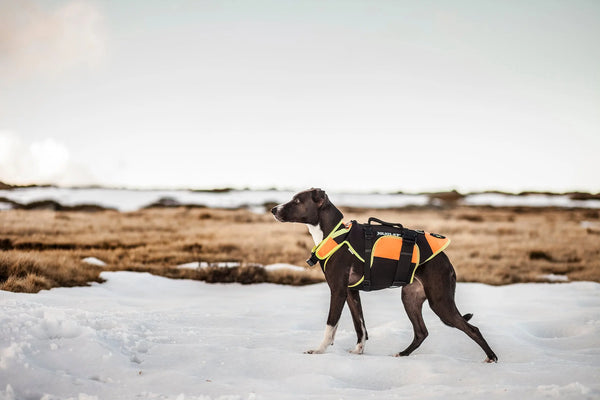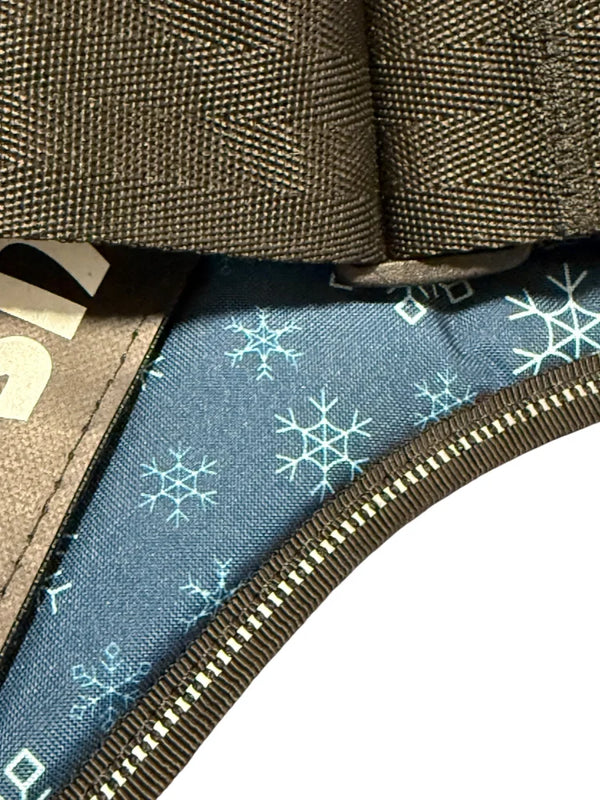
Things You Need to Know About Pet First Aid
Things You Need to Know About Pet First Aid
Accidents and injuries can happen to your pet anytime, whether you are running errands or traveling, but it never hurts to be prepared. Therefore, we put together useful tips about pet first aid. 

Have a pet first aid kit
Some emergencies need immediate action, and a first aid kit can help prevent severe damage. Here are the essential items you should have in your pet’s first aid kit:
· Latex or Rubber Gloves
· Medications
· Tweezers/ Tick tweezers
· Antiseptic Wipes
· Gauze
· Hydrogen peroxide
· Treats
· Important phone numbers
· A Comfort Item (their favorite toy or blanket)
· Leash, Collar, and poop Bags
· Pet first aid book (this type of book contains information that will help you deal with different emergency situations)
First Aid Tips:
Burns
You can treat minor burns at home by cleaning the affected area with antiseptic wipes. Then, apply either aloe Vera gel or a soothing cream. If your dog suffers a burn from ice, hot water, or chemicals, then you should immediately take them to your vet.
Stings and Insect Bites
If the sting is causing any serious problems, then you can try to scrape the stinger out with a credit card. Don’t use tweezers because they might squeeze more venom out of the stinger. To reduce the swelling, you can run a cloth under cold water and wrap it around or press it on the stung area.
Cuts and Wounds
Dogs usually get cuts on their feet from running through something sharp—either broken glass or a rose bush. If this happens, clean the affected area with a disinfectant and apply a bandage.
Poisoning
You can prevent your dog from getting ahold of something they shouldn’t by dog-proofing your home. Ensure that they can’t access products, like cleaning supplies, alcohol, prescribed medication for people, rodenticides, or insecticides.
Ticks on Dogs
It’s not uncommon for dogs to have ticks, though there are ways you can protect your furry friend against these pests. You can use tick-repellent collars, shampoo, drops, and ultrasounds. But even if you use these products, you should always check your dog after a walk. If you find one, use a tweezer, grasp the tick as close to the skin's surface as possible, and rotate counterclockwise; then, it will slowly come out.
Heatstroke
When a dog is exposed to the hot sun or intense heat for a long period of time, they may suffer from heatstroke. If you suspect your dog is having heatstroke, move them to a cool place immediately and begin cooling your dog with cold water with a washcloth. Give them fresh water to drink but not ice-cold, as that can cause their blood vessels to tighten. Take them to your veterinarian because examination is recommended.
Choking
If your dog is choking and you can see the object causing the obstruction, try to remove it gently. If you can’t move the object with your fingers but can see it, then call your veterinarian right away.
If the dog is still choking and you can’t see anything in their mouth, then perform the Heimlich Maneuver:

For SMALL dogs:
Lay your dog on their back and apply pressure to the abdomen right below the rib cage.
For LARGE dogs:
Stand behind the animal and wrap your arms around their belly. Then, make a fist with your hands. Place your fist on the soft spot just below the ribcage. Thrust pump up and forward simultaneously, in a rapid manner. Check for the dislodged object and remove it.
Our furry friends are an important part of the family, and we want to keep them safe and healthy. Knowing basic information and techniques about first aid can even save their life one day.
What to do in an emergency
When your pet has an emergency, it can be hard not to panic. Try to stay calm, assess the situation, give your pet any necessary first aid, and call your vet. The most important step is to always consult a veterinarian; they know what’s best for your dog



